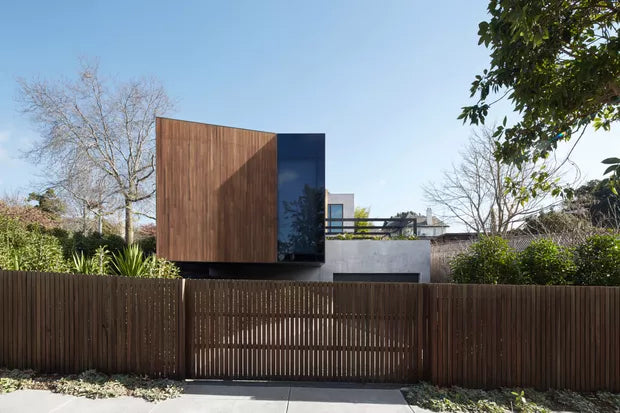
Balancing Privacy and Connectivity in Home Design
Share
Finding the right balance between privacy and connectivity is essential in home design. It’s important to create spaces that provide privacy when needed, while also fostering connection between residents. Here are some considerations for achieving this balance:
1. Smart Layout:
Plan your home layout strategically, with more private areas, such as bedrooms and bathrooms, separated from social and shared areas, such as the living room and kitchen. This allows residents to have moments of privacy when desired, while maintaining connectivity between spaces.
2. Living areas:
Create common spaces that encourage interaction among residents, such as a spacious living room, an outdoor living area, or a dining room. These common areas promote connectivity and shared experiences among family members.
3. Privacy in the rooms:
Pay special attention to privacy in bedrooms, especially master bedrooms. Consider strategically positioning bedrooms in relation to living areas and use design elements such as solid doors, curtained windows or blinds to allow residents to enjoy moments of privacy when needed.
4. Separate work or study spaces:
With the growing need to work or study from home, it is important to create dedicated spaces for these activities. This helps separate work and study areas from social areas, allowing residents to focus and have privacy during these activities.
5. Partitions and design elements:
Use dividers, such as screens, shelving units, or even level changes, to visually separate spaces and create more private areas within your home. These design elements provide a sense of privacy without compromising overall connectivity.
6. Indoor gardens or patios:
Integrate indoor gardens or patios into your home by providing outdoor spaces that offer privacy and serenity. These spaces can be designed as quiet areas where residents can disconnect from the indoor environment and enjoy moments of peace and privacy.
7. Smart technology:
Use technology to help strike a balance between privacy and connectivity. Zoned audio and video systems can allow residents to enjoy individual entertainment in different parts of the home. Additionally, smart lighting control systems and blinds can provide privacy at the touch of a button.
8. Mutual respect:
Foster an environment of mutual respect among residents by encouraging open communication and setting clear boundaries. This allows each person or family to have their own personal space and moments of privacy, while still enjoying family connection and togetherness.
When designing a home, it is important to consider the privacy needs and preferences of each family or individual. With careful design and attention to detail, it is possible to create an environment that allows for both privacy and connectivity, providing a harmonious and enjoyable living experience.
